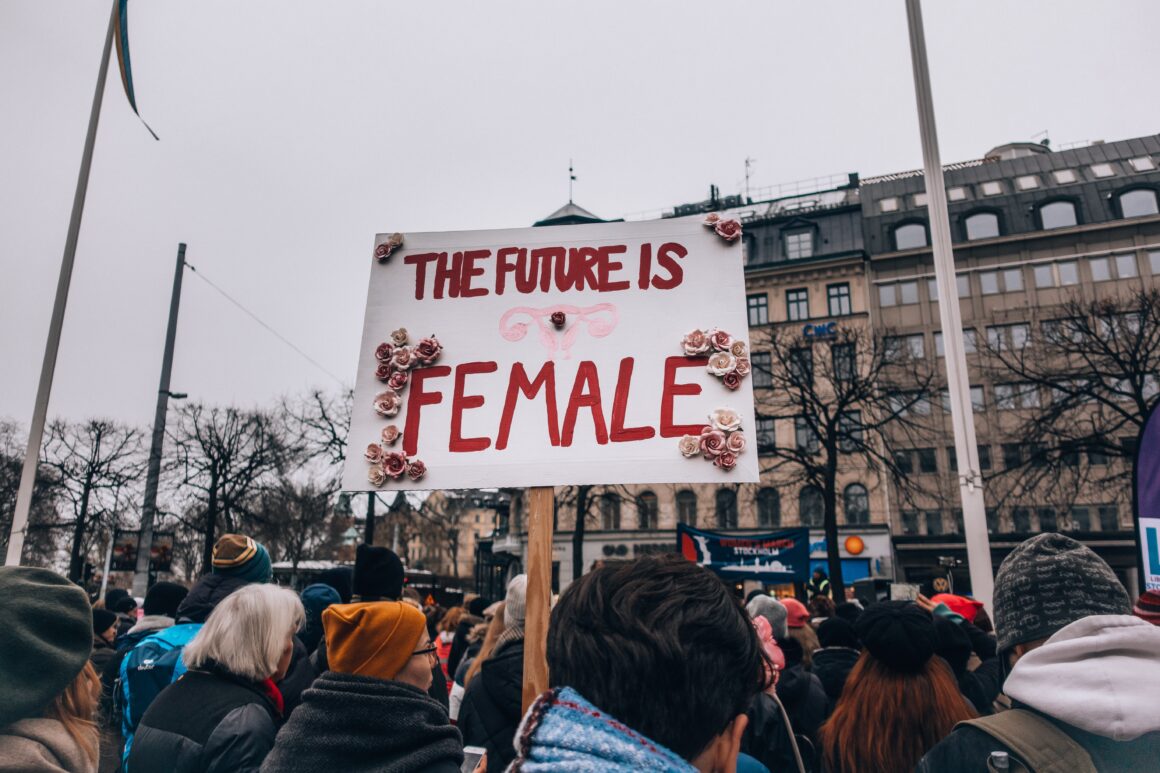The gender pay gap is one of those things that is supported study after study and is something that most women accept to be true. Yet, there is still always that one guy at the party who says, “You know the pay gap has been debunked, right?” WHEN? By WHO? And if that is the case, what crazy people have fabricated such an elaborate myth?
And for those of us who do believe in facts, we often question how to combat the skeptics and fight the problem, itself. So let’s break this issue down.
The wage gap is the difference in earnings between women who work full time, year round and their male counter parts. So don’t worry, there’s no cheating here; we are making reasonable comparisons. The wage gap varies from state to state, country to country, and it is different for different women. Mothers, disabled women, and women of color all face different challenges and have different earnings when compared to white men working the same jobs.

What throws a lot of people off is assuming that this issue is completely simplified. No one is arguing that, on a massive scale, employers look at women and say, “I’m going to pay you 70 cents for every dollar Joe here makes.” Rather, implicit bias affects the types of jobs employers hire women to do, how much they offer women in salary, and how often they give women promotions. For example, a study on gender bias in the STEM field found that, when viewing identical applications, one with the name John and the other with the name Jennifer, people viewed John as more competent, were more likely to hire him, and offered him a higher salary. This is typical of higher paying jobs, which are fields where women are less common and less welcome.
Furthermore, women are more likely to work lower paying jobs. While entering certain fields may be a choice, historically, when women have moved into a field in large numbers, “wages declined, even when controlling for experience, skills, education, race and region.”
Then comes the issue of how e mployers treat motherhood. When women become mothers, they are most often “recommended for significantly lower starting salaries, perceived as less competent, and less likely to be recommended for hire than non-mothers.” While women’s wages go down after becoming mothers, fathers are paid more after becoming parents. You can view the wage gap for mothers by race and state here.
mployers treat motherhood. When women become mothers, they are most often “recommended for significantly lower starting salaries, perceived as less competent, and less likely to be recommended for hire than non-mothers.” While women’s wages go down after becoming mothers, fathers are paid more after becoming parents. You can view the wage gap for mothers by race and state here.
Then there are social components of the wage gap that are not related to employer discrimination. Women are often expected to maintain the role of home and child caregiver while working, and in heterosexual relationships, this can put unequal expectations on working women. Even when both parents work, surveys show women still take on the bulk of the housework. Additionally, socialization and discouragement may explain why women are less likely to pursue STEM subjects, which would result in higher paying jobs going to men.
So what do we do?
This article provides insight for employers on how to reduce implicit bias and create practices that can lessen the gender pay gap. As voters, we can do a couple things. First off, we can support legislation that could close loop holes in the Equal Pay Act, and we can support the ratification of an Equal Rights Amendment. Research your local Congressman’s position on equal pay; write to them about these issues.
The wage gap continues to exist because we have voted leaders into power who do not care about these issues, who do not care about women. The wage gap will continue to exist so long as we continue to be outraged quietly. Be vocal; be active.



Comments are closed.